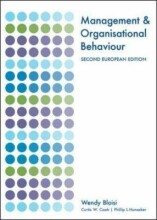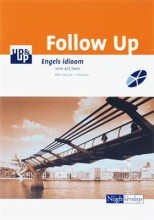Auxiliaries as Heads
4 important questions on Auxiliaries as Heads
What is the main function of auxiliaries in verb phrase structure?
- They serve as the Head, rather than Dependent
- They often take non-finite clauses as their Complement
- This contrasts with how lexical verbs operate
How does the type of non-finite clause used depend on the Head verb?
- The type relies on whether the verb is auxiliary or lexical
- OUGHT and INTEND license infinitivals with to
- CAN and HELP license infinitivals without to
How are auxiliary and lexical verbs divided in examples?
- Verb phrases are split into parts like was + checking
- For example, was attacked is distinct from was checking
- This applies similarly to other verbs in the examples
- Higher grades + faster learning
- Never study anything twice
- 100% sure, 100% understanding
What distinguishes the clauses used by BE and GET in the example?
- BE allows two types: gerund-participle and past participle
- GET licenses a clause with the past participle form
- This variation shows differences in Head verbs
The question on the page originate from the summary of the following study material:
- A unique study and practice tool
- Never study anything twice again
- Get the grades you hope for
- 100% sure, 100% understanding






























